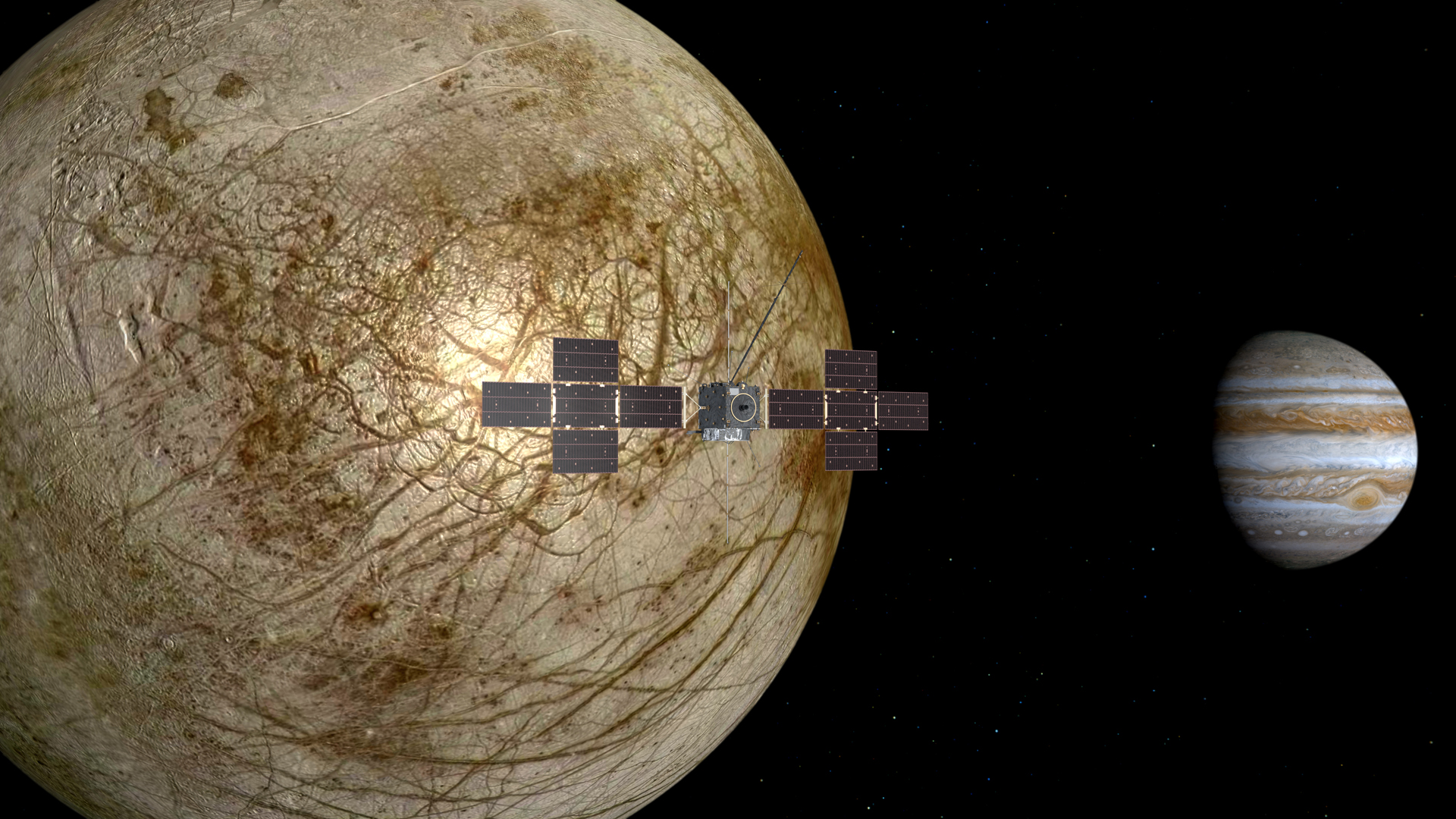
The eagerly anticipated and ambitious mission of the European Space Agency (ESA) to investigate Jupiter and its three largest moons has reached the launch preparation stage.
On April 13, the “Jupiter Icy Moons Explorer (Juice)” mission will be launched from Kourou, French Guiana’s European Spaceport.
Before arriving at its destination in 2031, the spacecraft will travel across space for eight years in order to examine the gas giant and its three sizable ocean-containing moons, Callisto, Ganymede, and Europa.
The juice will conduct in-depth research on Jupiter’s radiation, plasma environment, magnetism, and interactions with its moons during its space mission
Before its launch the following week, the engineers moved the spacecraft to its final assembly and installed it on the Ariane 5 rocket that would propel it into orbit.
“This ambitious mission will characterize these moons with a powerful suite of remote sensing, geophysical, and in situ instruments to discover more about these compelling destinations as potential habitats for past or present life,” said the European Space Agency, in a statement.
The juice will conduct in-depth research on Jupiter’s radiation, plasma environment, magnetism, and interactions with its moons during its space mission.
The spaceship will contain mixed oxides of the nitrogen (MON) oxidizer and the mono-methyl hydrazine (MMH) fuel, which will ignite when they come into contact.
After arriving at Jupiter, the spacecraft will make 35 flybys of the gas giant’s moons
The juice will utilize the propellant to make crucial course adjustments when it enters the Jupiter system and to enter an orbit around the planet in order to eventually reach Ganymede, the largest moon of Jupiter.
After arriving at Jupiter, the spacecraft will make 35 flybys of the gas giant’s moons to investigate the mission’s three main targets: Europa, Ganymede, and Callisto.
After a thorough examination of Ganymede, according to the ESA, the mission will come to an end, making the spacecraft the first of its kind to orbit a moon other than the Earth’s in 2034.
The ten instruments on board the spacecraft will be used to study Jupiter’s frozen moons with oceans. The mission will also look for answers to problems like whether life is only found on our planet or whether it is possible for life to exist in other galaxies or our solar system.
The organization will launch the spacecraft atop the European Space Agency’s mainstay rocket, the Ariane-5. The upper stage of Ariane 5 is powered by a payload fairing and a liquid-propellant engine, and the core stage has two side boosters.
Ariane 5’s ogive-shaped fairing is 5.4 meters in diameter and more than 17 meters high.






